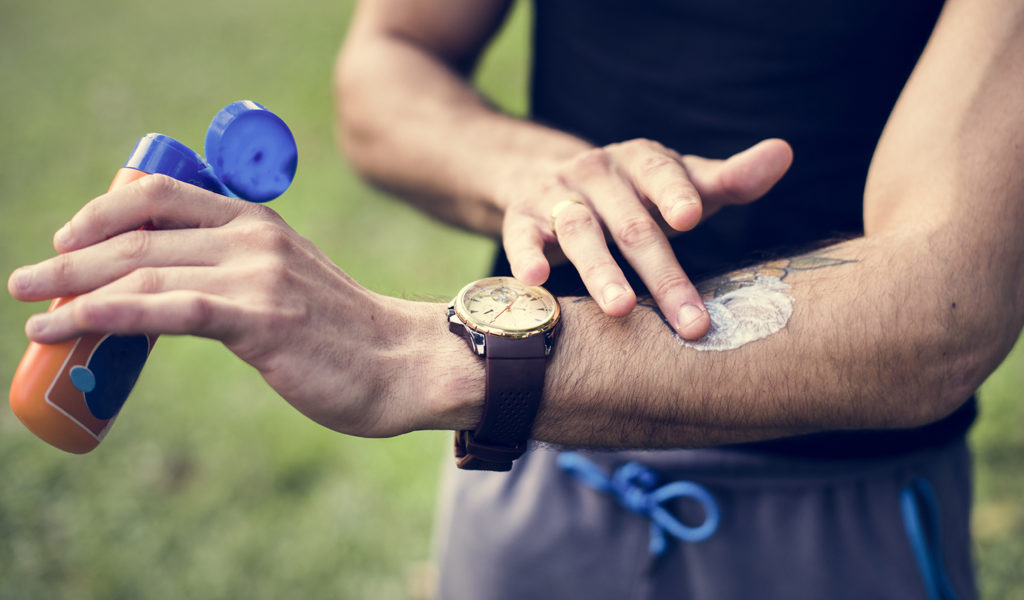The sun is one of the most beautiful things in life, but it is also dangerous. Thousands of people suffer from skin cancer every year due to overexposure to UVA and UVB rays. You may not notice any symptoms at first, but the effects of sun exposure can sneak up unexpectedly. There are plenty of ways to protect yourself while enjoying time outside on sunny and cloudy days alike! In this blog post, we will discuss some best practices to follow year-round so your skin stays healthy and protected from sun damage.
Wear Proper Sunscreen
Wearing sunblock is the best way to protect your skin from harmful UVA and UVB rays that can lead to premature aging and skin cancer. There are many brands of sunscreen on the market, but not all offer identical protection levels. You should look for a sunscreen with minimum SPF 30+ and protection against both types of UV damage. Be sure to reapply sunscreen every two hours for the best protection, and reapply immediately after swimming or sweating.

Limit Sun Exposure
While it is good to enjoy time outside, you should try not to spend a prolonged amount of time in the sun. If you can, avoid being in the sun between 11:00 AM – 2:00 PM when the sun is most direct. Try to find shady areas when you are outside at these hours or stay in a cool location that offers shade while still getting some fresh air and vitamin D! Finally, avoid lying out in the sun for the sake of tanning and steer clear of indoor tanning beds.
Wear Protective Clothing
While it may seem counterintuitive to layer up on a warm day, clothing is a great way to protect your skin from the sun. You should wear clothing that covers exposed areas of skin, like lightweight sleeved shirts, wide-brimmed hats, and sunglasses with UV protection.
Remember, if you are spending time outside, you are being exposed to harmful rays from the sun. Try following these sun protection tips next time you’re outdoors to keep your skin healthy and safe! For more UV protection tips or if you have any questions or concerns regarding your skin, make an appointment with your primary care provider or dermatologist.
